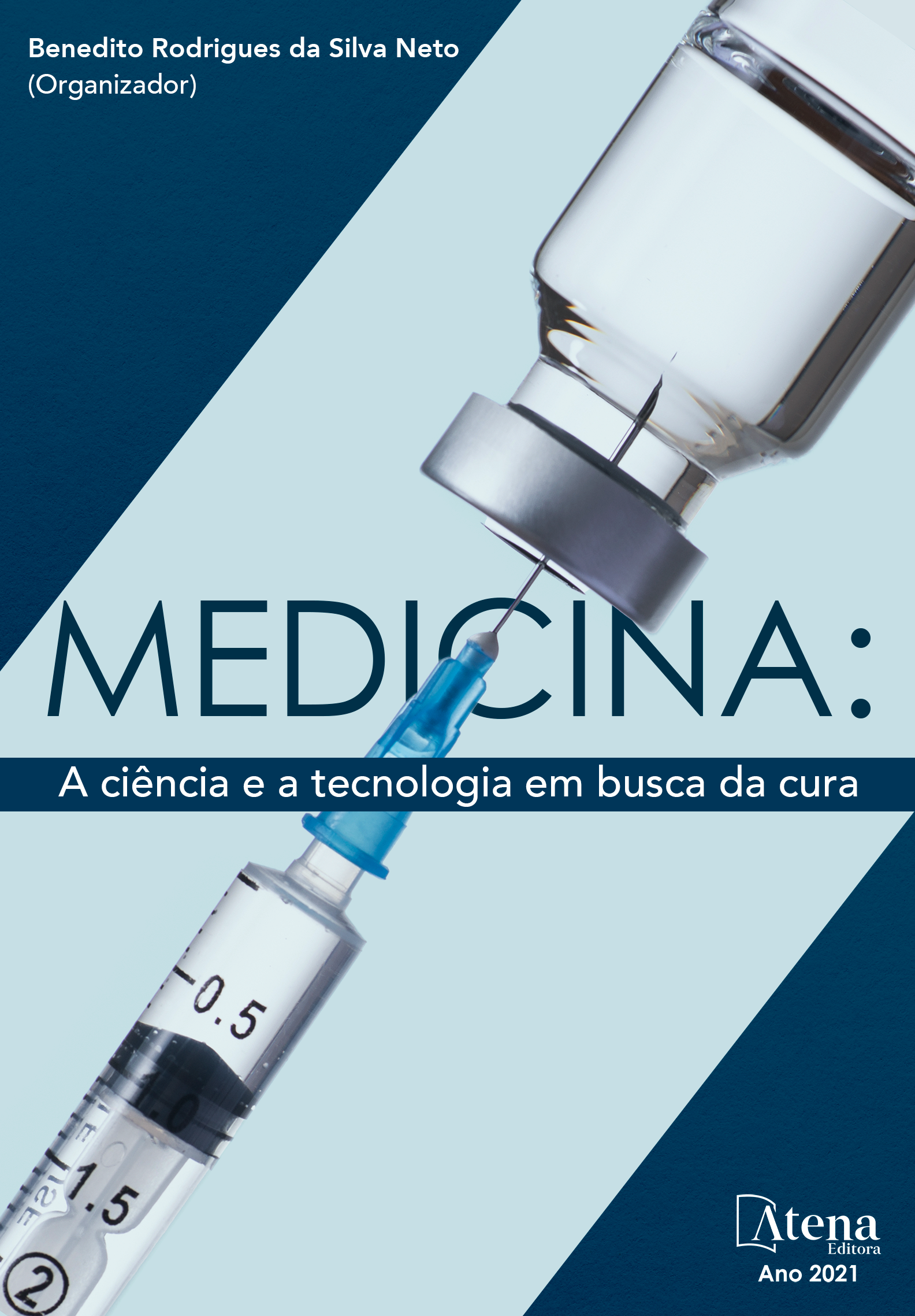
AUTOENSAMBLAJE Y CITOCOMPATIBILIDAD DE TENSIOACTIVOS GÉMINIS PARA TERAPIA GÉNICA
El proceso de autoensamblaje de tensoactivos Gemini (TG) de bis (haluro de amonio cuaternario) con cadenas alquílicas espaciadoras de 4, 6 y 14 átomos de carbono, respectivamente fue estudiado por conductimetría, SEM, etc. Posteriormente, estos agregados fueron usados en la compactación de ADN, dando lugar a la formación de complejos ADN-TG. Dos de estos tensoactivos (TG-4 y TG-6) resultaron tener una sola CMC mientras que el TG-14 resulto tener dos, siendo las CMC en todos los casos menores a las reportadas para tensoactivos convencionales. Se encontró también que las micelas formadas por estos tres tensoactivos presentan una geometría esférica muy bien definida. Por otro lado, las pruebas de citocompatibilidad realizadas a los tensoactivos, demostraron la efectividad del uso de los TG’s como vehículos de transfección encontrándose una dependencia de la citocompatibilidad con la concentración. Brevemente, el tensoactivo TG-4 fue el que presentó mayor citocompatibilidad para las cargas de plásmido exploradas (0.25 y 0.5 µg).
AUTOENSAMBLAJE Y CITOCOMPATIBILIDAD DE TENSIOACTIVOS GÉMINIS PARA TERAPIA GÉNICA
-
DOI: 10.22533/at.ed.9462120129
-
Palavras-chave: autoensablaje, tenosactivos Gemini, citocompatibilidad, terapia de genes
-
Keywords: self-assembly, Gemini surfactants, cytocompatibility, gene therapy
-
Abstract:
The self-assembly process of bis (quaternary ammonium halide) Gemini surfactants (TG) with spacer alkyl chains of 4, 6 and 14 carbon atoms, respectively, was studied by conductimetry, SEM, etc. Later, these aggregates were used in DNA compaction, leading to the formation of DNA-TG complexes. Two of these surfactants (TG-4 and TG-6) turned out to have a single CMC while TG-14 turned out to have two, the CMC being in all cases lower than those reported for conventional surfactants. It was also found that the micelles formed by these three surfactants have a very well-defined spherical geometry. On the other hand, the cytocompatibility tests carried out on the surfactants demonstrated the effectiveness of the use of TGs as transfection vehicles, finding a dependence of the cytocompatibility with the concentration. Briefly, the TG-4 surfactant was the one that presented the highest cytocompatibility for the explored plasmid loads (0.25 and 0.5 µg).
-
Número de páginas: 19
- Georgina Pina-Luis
- Eustolia Rodríguez-Velázquez
- Manuel Alatorre-Meda
- Delvis Rafael Acosta Martinez


